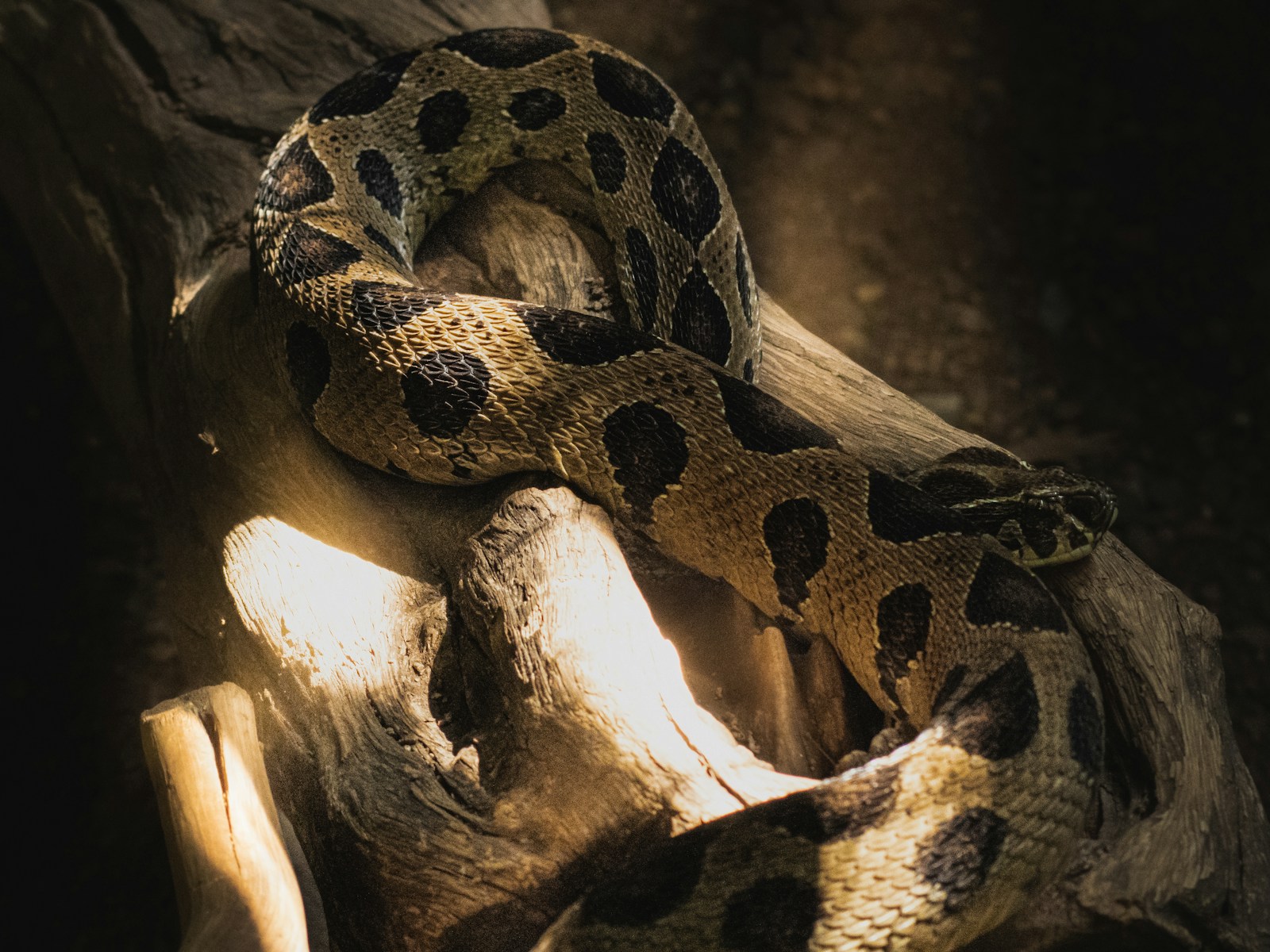Slithering beneath the surface of our understanding lies a sophisticated communication system that has evolved over millions of years. Snake hisses, often misinterpreted as simple warning signals, actually comprise a complex language with nuanced meanings and purposes. While humans have long feared these sounds as threatening, scientists are now decoding what might be considered the secret language of snake hisses. This article explores the fascinating world of ophidian communication, revealing how these remarkable reptiles use sound to navigate their environment, interact with potential mates, ward off predators, and express a range of emotional states. By understanding this hidden language, we gain not only scientific knowledge but also a deeper appreciation for these often misunderstood creatures.
The Anatomy of a Snake’s Hiss
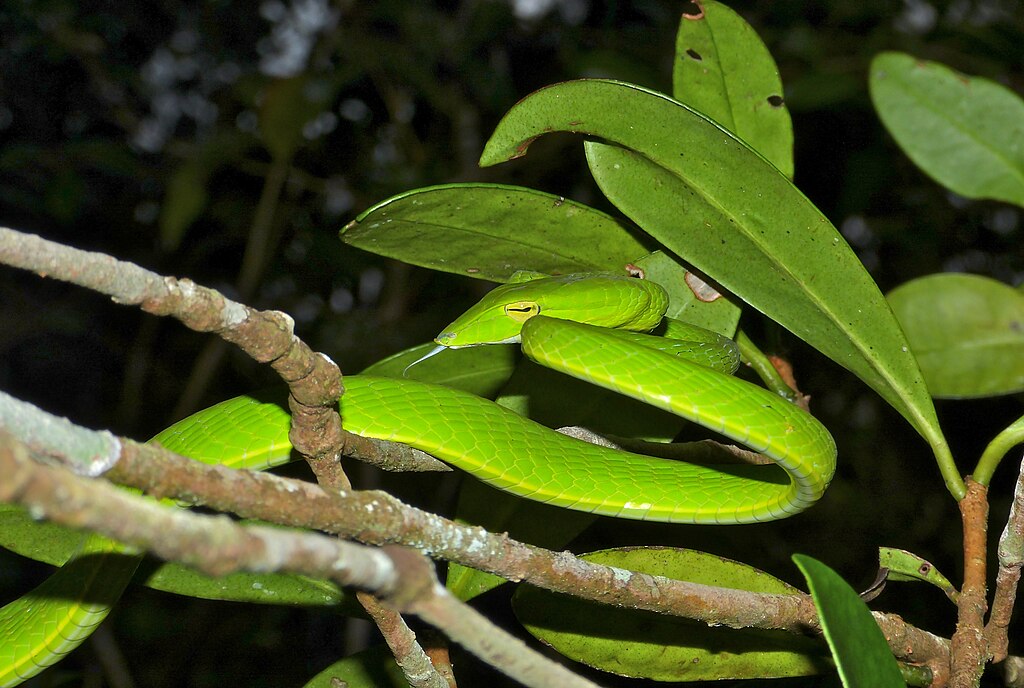
Unlike mammals who vocalize through vocal cords, snakes produce their characteristic hiss through a specialized anatomical feature called the glottis—a small opening at the base of their mouth that leads to their trachea or windpipe. When a snake exhales forcefully through this narrow passage, the resulting vibration creates the distinctive hissing sound we recognize. The structure of a snake’s respiratory system, including their long, tubular lungs, amplifies this sound to varying degrees depending on the species. Interestingly, larger snakes typically produce deeper, more resonant hisses due to their larger glottis and lung capacity. Some species have even evolved specialized scales or structural modifications that enhance or alter the quality of their hiss, making it uniquely identifiable to conspecifics and predators alike.
Defensive Hissing: More Than Just a Warning
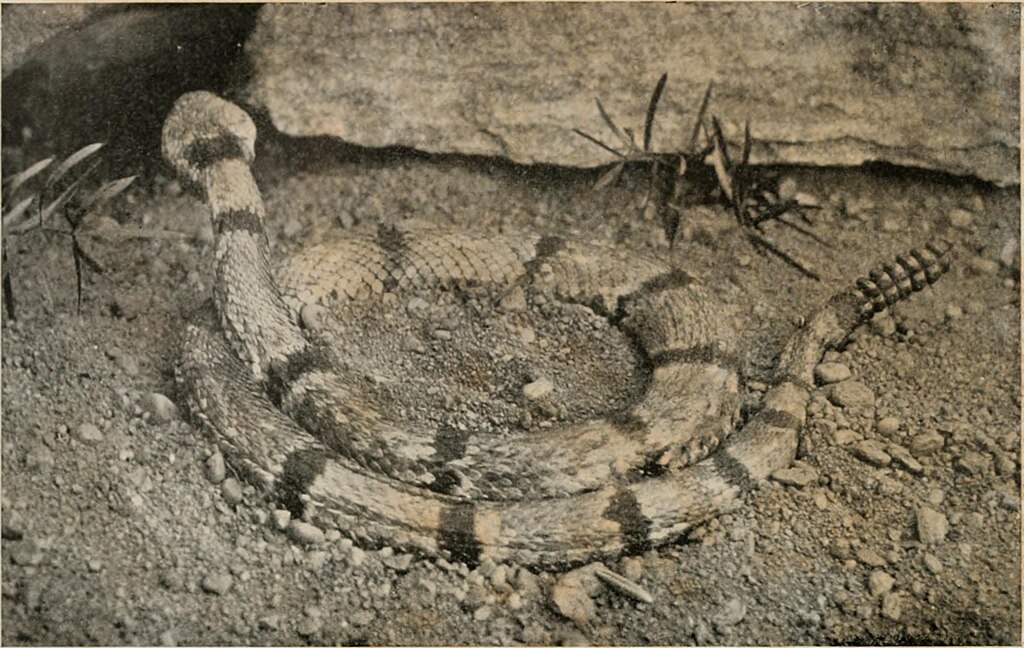
The most commonly recognized type of snake hiss serves as a defensive warning, but contains more complexity than previously thought. When threatened, a snake’s defensive hiss isn’t merely a simple alarm but rather a calibrated response that changes in intensity, duration, and pattern based on the level of perceived threat. Research has shown that snakes can modulate their defensive hisses—starting with shorter, quieter hisses that escalate to longer, more forceful exhalations as danger increases or persists. This gradation serves as a sophisticated threat assessment system, allowing the snake to conserve energy while still communicating its defensive posture effectively. Some species, like the hognose snake, have perfected this defensive hissing to include dramatic performances with body puffing, hood flaring, or playing dead, creating a multi-sensory warning system designed to deter predators without actual combat.
Species-Specific Hissing Patterns
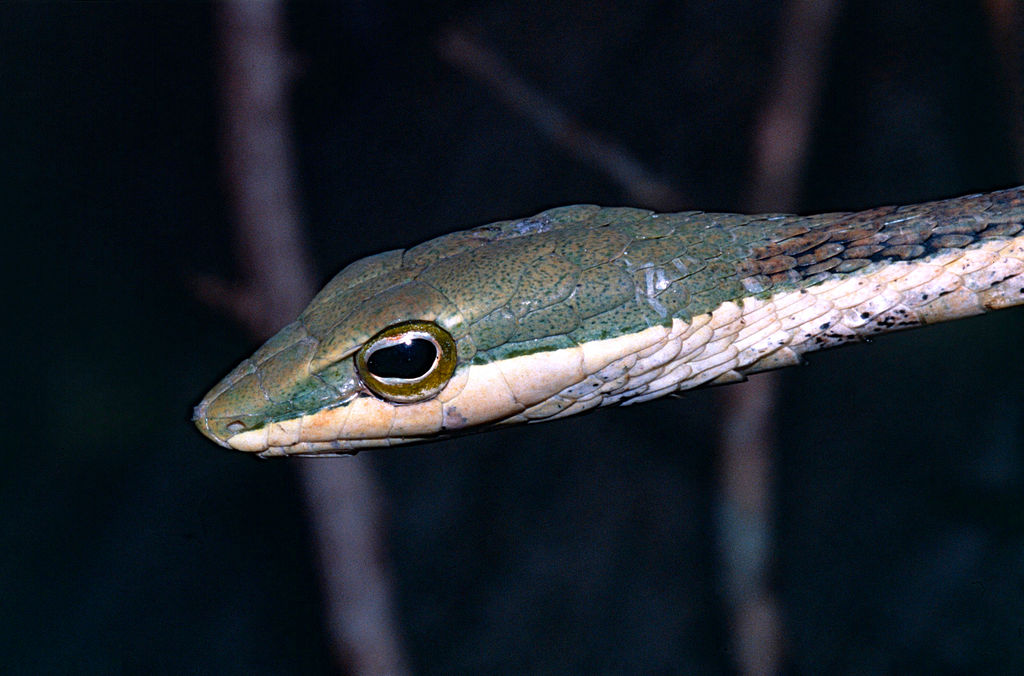
Just as human languages vary across regions and cultures, hissing patterns and acoustics differ significantly across snake species, creating what amounts to dialectal variations in the snake world. The puff adder, for instance, produces a loud, explosive hiss that can be heard from considerable distances, while the king cobra generates a steady, lower-frequency hiss that travels effectively through dense forest environments. Ball pythons, popular in the pet trade, tend to emit short, huffing hisses when stressed, quite distinct from the sustained, breathy hiss of a cornsnake. These species-specific signatures aren’t merely accidental—they’ve evolved to work effectively within each snake’s ecological niche, habitat acoustics, and predator-prey relationships. Researchers using spectrographic analysis can now identify specific snake species by their hiss patterns alone, similar to how ornithologists identify birds by their distinctive songs.
Courtship Communications
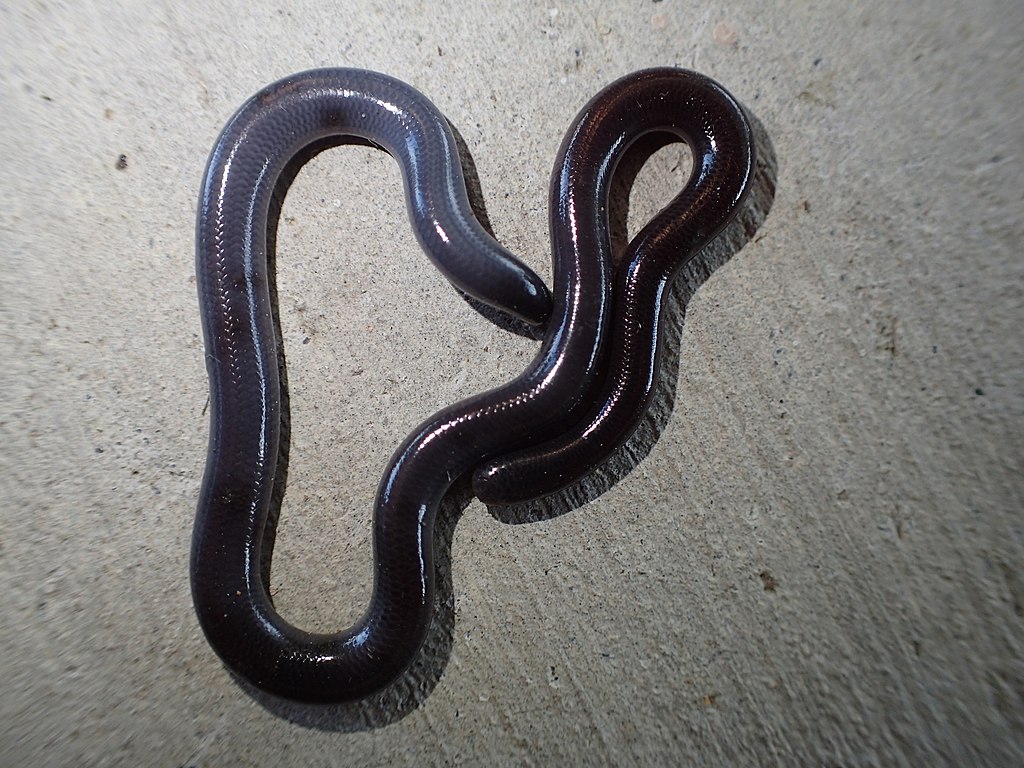
Beyond defense, snakes employ specialized hissing patterns during courtship rituals, using subtle acoustic variations that human ears rarely distinguish. During breeding season, male snakes of many species produce softer, more rhythmic hisses that serve as attractive signals to potential mates. These courtship hisses often differ dramatically from defensive sounds in their frequency, duration, and acoustic quality. Female snakes, in turn, may respond with acceptance or rejection hisses that communicate their receptivity status. In species like rat snakes, researchers have documented complex hissing dialogues between mating pairs, with distinctive patterns that occur only during successful courtship encounters. This acoustic element of snake reproduction remains one of the least studied aspects of their communication, partly because these intimate exchanges typically occur in secluded locations away from human observation.
Territorial Declarations Through Sound
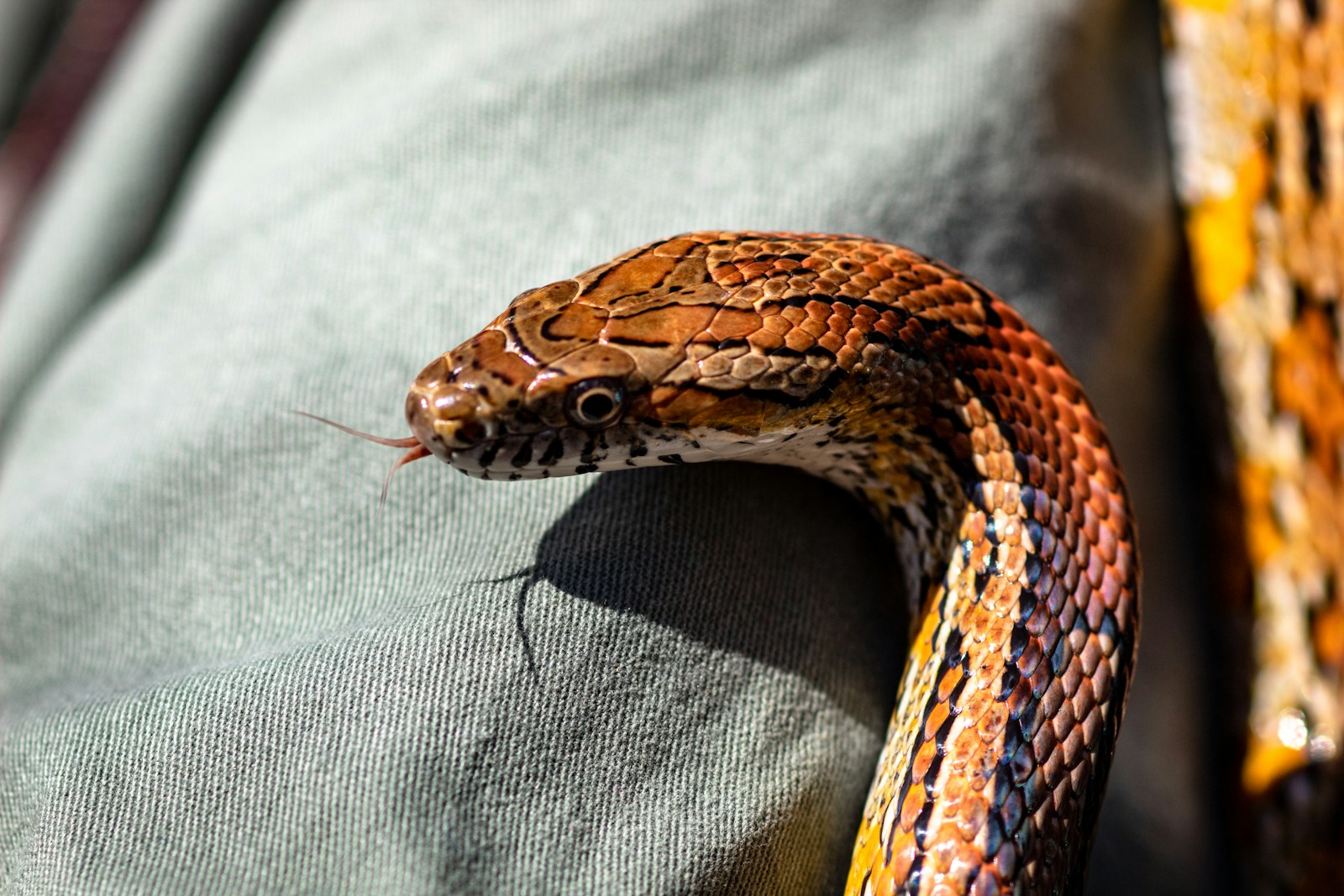
Many snake species use distinctive hissing patterns to establish and maintain territory, creating acoustic boundaries that warn other snakes to keep their distance. These territorial hisses typically feature unique rhythmic patterns that identify the individual and communicate its size, strength, and dominance status to potential competitors. King cobras, among the most territorial of snake species, produce loud, sustained hisses that serve as long-distance announcements of their presence, effectively mapping out their hunting grounds through sound. Remarkably, research suggests that some snakes can recognize individual neighbors by their distinctive hiss signatures, allowing for a “dear enemy” phenomenon where established neighbors are treated less aggressively than unknown intruders. This acoustic territory mapping provides an energy-efficient alternative to constant physical confrontation, allowing snakes to maintain their space without unnecessary combat.
The Emotion Behind the Hiss
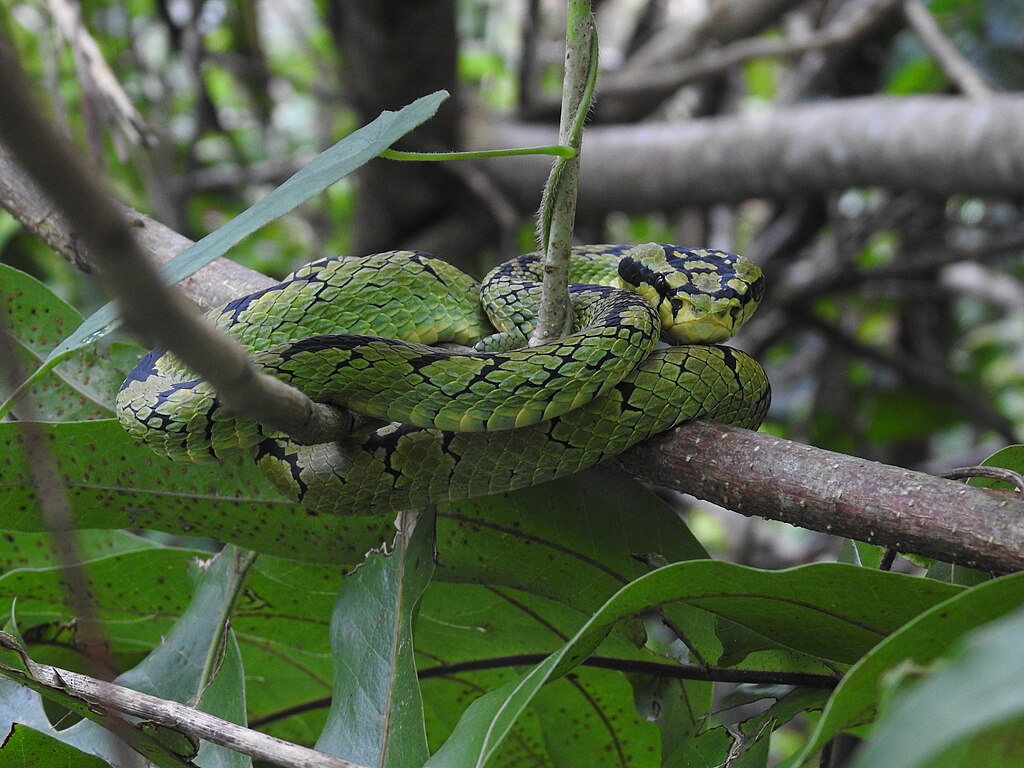
While traditional science has been reluctant to attribute emotions to reptiles, emerging research suggests that snake hisses contain acoustic indicators of what might reasonably be described as emotional states. When in severe distress, many snakes produce erratic, higher-pitched hisses with irregular breathing patterns that differ substantially from their controlled defensive sounds. Contented snakes in secure environments rarely hiss at all, while those experiencing chronic stress may hiss with minimal provocation, suggesting a baseline anxiety state. Particularly fascinating is evidence that maternal snake species protecting their eggs or young produce distinctive protective hisses that differ acoustically from their normal defensive sounds. While we must be cautious about anthropomorphizing, the consistent correlation between specific situations and distinctive hissing patterns strongly suggests that these sounds communicate not just threats but actual emotional states that are relevant to snake social behavior.
Snake Hisses as Communication with Other Species
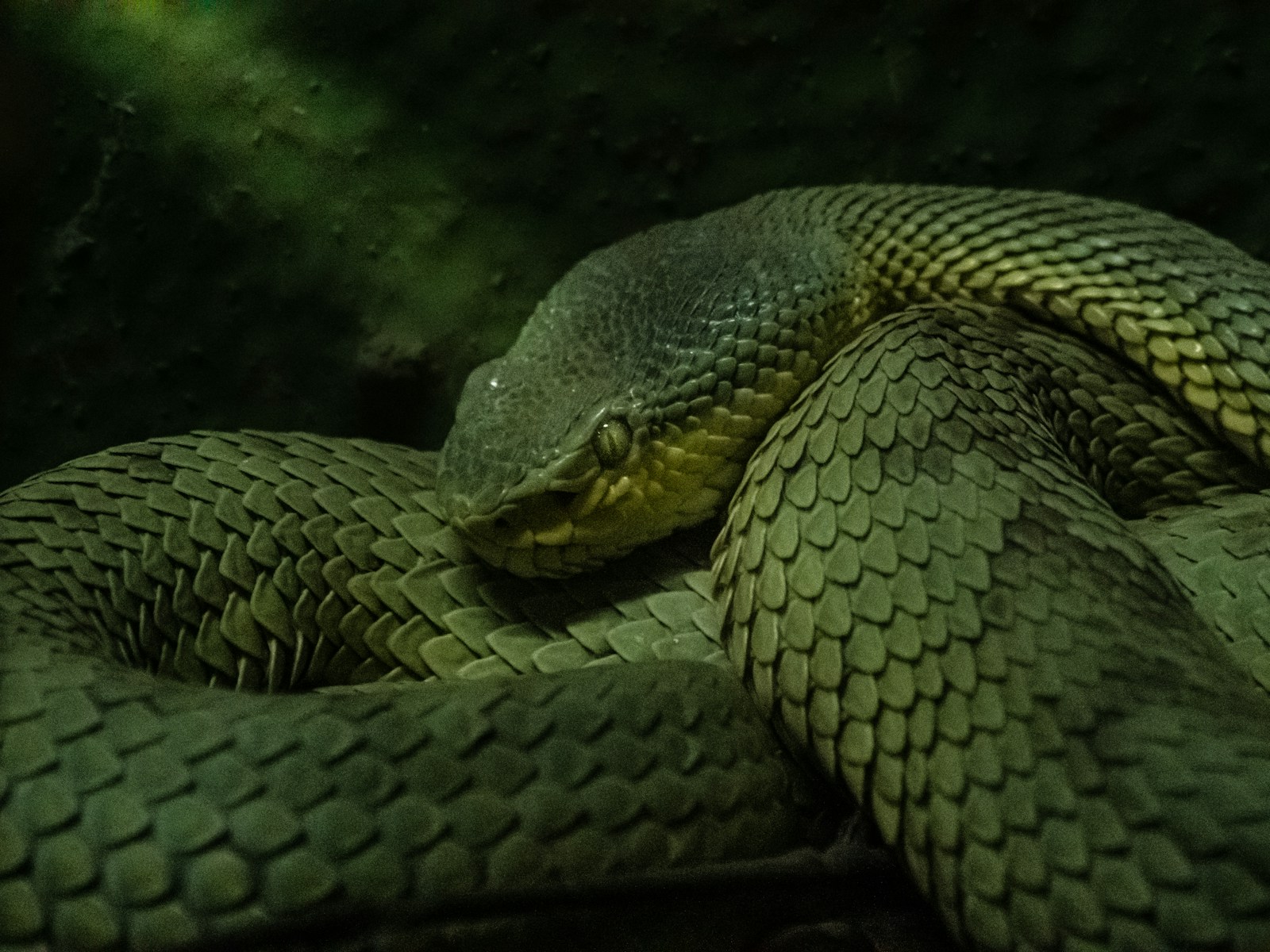
Beyond intraspecies communication, snake hisses serve as interspecies signals that have evolved to be universally recognized by potential predators across vastly different animal groups. The effectiveness of snake hisses lies in their acoustic properties, which trigger innate fear responses in mammals, birds, and even other reptiles that might pose a threat. This remarkable cross-species effectiveness suggests that snake hisses exploit fundamental acoustic features that vertebrate brains process as danger signals regardless of evolutionary lineage. Interestingly, research has shown that even animals with no evolutionary history of encountering snakes often respond instinctively to recorded snake hisses, freezing or displaying alarm behaviors. Some snake species have evolved hisses that specifically mimic sounds known to frighten their local predators—like the hognose snake’s remarkable pig-like grunting hiss that deters wild boar predators, or certain rattlesnake cousins that produce hisses acoustically similar to actual rattlesnake warnings.
Hissing as Hunting Strategy
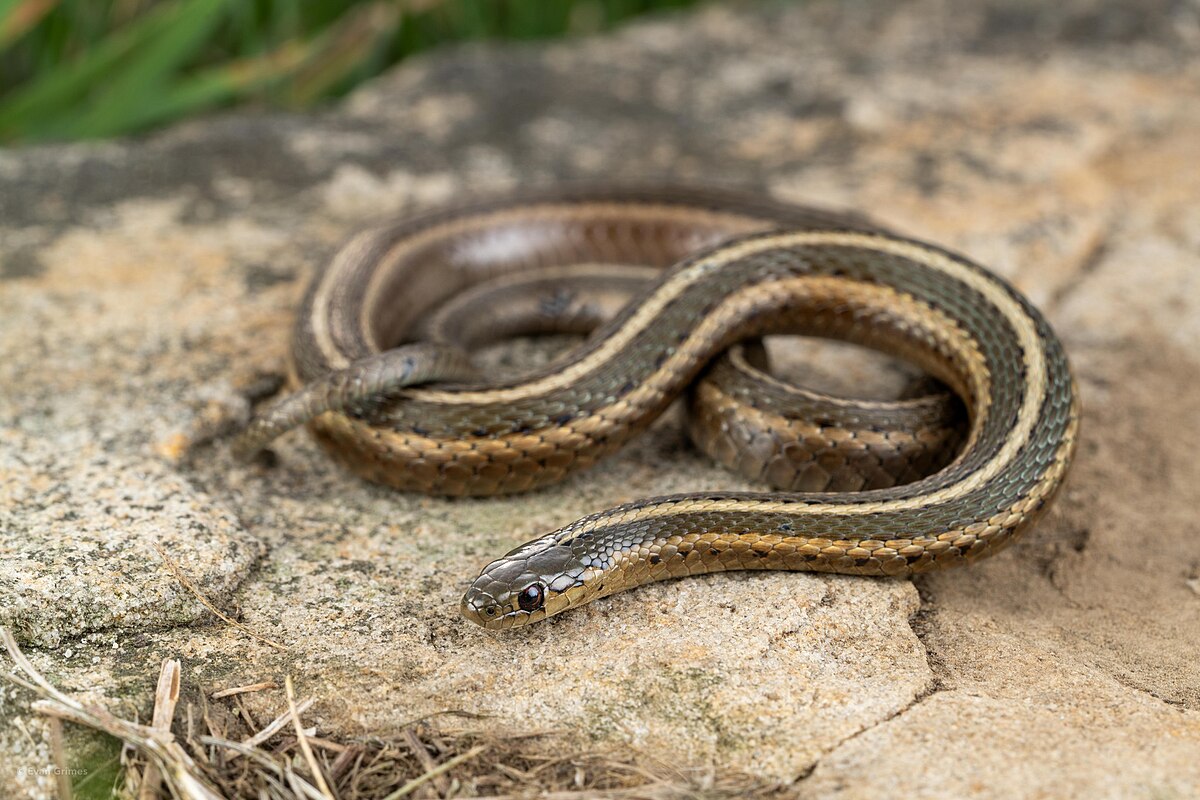
Contrary to popular belief, certain snake species utilize specialized hissing patterns as hunting tools rather than purely defensive mechanisms. The Saharan sand viper, for instance, produces a soft, rhythmic hiss that mimics the rustling movements of small rodents, effectively luring curious prey within striking distance. Similarly, some species of water snakes can produce underwater hisses that mimic the mating calls of certain frogs, attracting amorous amphibians directly into their ambush zone. These hunting hisses differ significantly from defensive sounds in their volume, rhythm, and acoustic frequency, specifically calibrated to attract rather than repel. Perhaps most fascinating is that young snakes must learn these specialized hunting hisses through practice and experience—juvenile specimens often produce less effective “practice” versions before mastering the more convincing adult hunting hiss that achieves higher hunting success rates.
Technological Advances in Decoding Snake Hisses

Modern bioacoustic technology has revolutionized our understanding of snake communication, revealing complexities previously hidden from human perception. High-sensitivity directional microphones now capture the subtlest snake vocalizations, while computer algorithms analyze acoustic patterns too nuanced for human ears to distinguish. Spectrographic analysis, which visually maps sound frequencies over time, has revealed that snake hisses contain significantly more information than previously suspected, with identifiable patterns that correspond to specific contexts and behaviors. Advanced AI systems are now being trained to categorize and interpret these hiss patterns, creating a growing database of snake “vocabulary” across different species. Perhaps most exciting is the development of portable “snake translators” that field researchers use to identify and interpret hisses in real-time during fieldwork, gradually assembling a comprehensive dictionary of snake acoustic communication.
Environmental Factors Affecting Snake Hisses
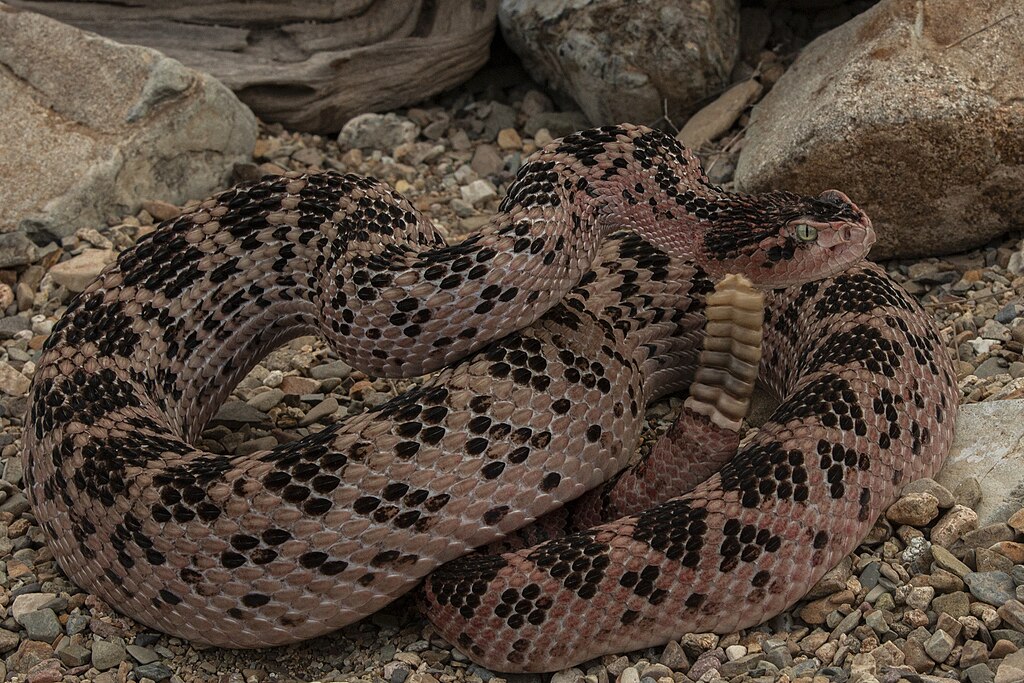
Snake hisses don’t exist in isolation but are profoundly shaped by the environmental contexts in which they evolved and function. Humidity levels significantly affect hiss acoustics, with drier conditions generally producing sharper, more defined hisses while humid environments create more muffled sounds with different carrying properties. Habitat structure plays an equally important role—forest-dwelling snakes typically produce lower-frequency hisses that travel effectively through vegetation, while desert species often generate higher-pitched sounds that carry across open terrain. Temperature dramatically impacts hissing behavior, with most snakes becoming more vocally active and producing louder, more frequent hisses when their body temperature reaches optimal levels. Some species even demonstrate seasonal variations in their hissing patterns, corresponding to breeding cycles, hibernation periods, or changes in predator populations throughout the year.
Learning and Adaptation in Hissing Behaviors
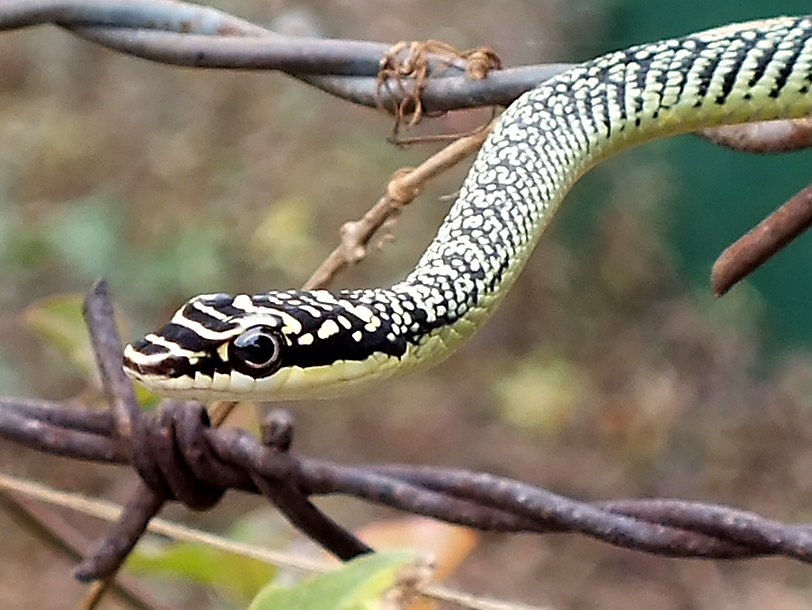
While once thought to be purely instinctual, emerging research reveals that snake hissing behaviors show remarkable plasticity and learning capacity across the animal’s lifetime. Captive snakes frequently modify their hissing responses based on which stimuli reliably predict threats versus harmless interactions, demonstrating a form of associative learning previously underappreciated in reptiles. Wild snakes living in areas with high human activity often develop different hissing thresholds compared to their counterparts in remote regions, suggesting environmental adaptation to human disturbance patterns. Particularly fascinating are observations that young snakes often “practice” their defensive hisses, gradually refining the timing, intensity, and acoustic qualities until they match the more effective adult patterns. This developmental progression strongly suggests that while the basic ability to hiss is innate, the sophisticated application of different hissing patterns represents a learned skill that improves with experience and maturation.
Cultural Interpretations of Snake Hisses
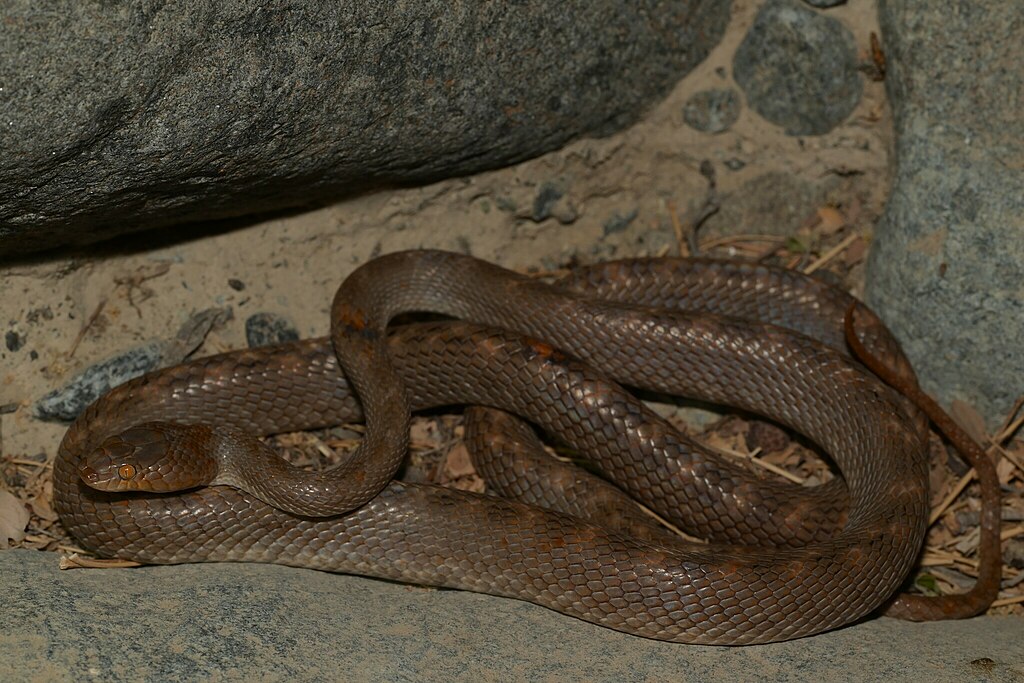
Throughout human history, the distinctive sound of snake hisses has been interpreted through various cultural lenses, profoundly influencing our relationship with these animals. In ancient Egyptian mythology, the hiss of the sacred cobra represented divine protection, while in Judeo-Christian traditions, the serpent’s hiss became associated with temptation and deceit. Many indigenous cultures worldwide interpreted snake hisses as communication from ancestral spirits or warnings from the natural world that demanded respect rather than fear. These cultural interpretations have practical consequences—in regions where snake hisses are viewed positively or neutrally, conservation efforts typically receive greater community support compared to areas where these sounds trigger primarily negative associations. Modern snake conservation education increasingly focuses on reframing the meaning of snake hisses, helping people understand them as normal animal communication rather than sinister threats, thereby reducing unnecessary snake killings motivated by misunderstanding and fear.
Future Research Directions
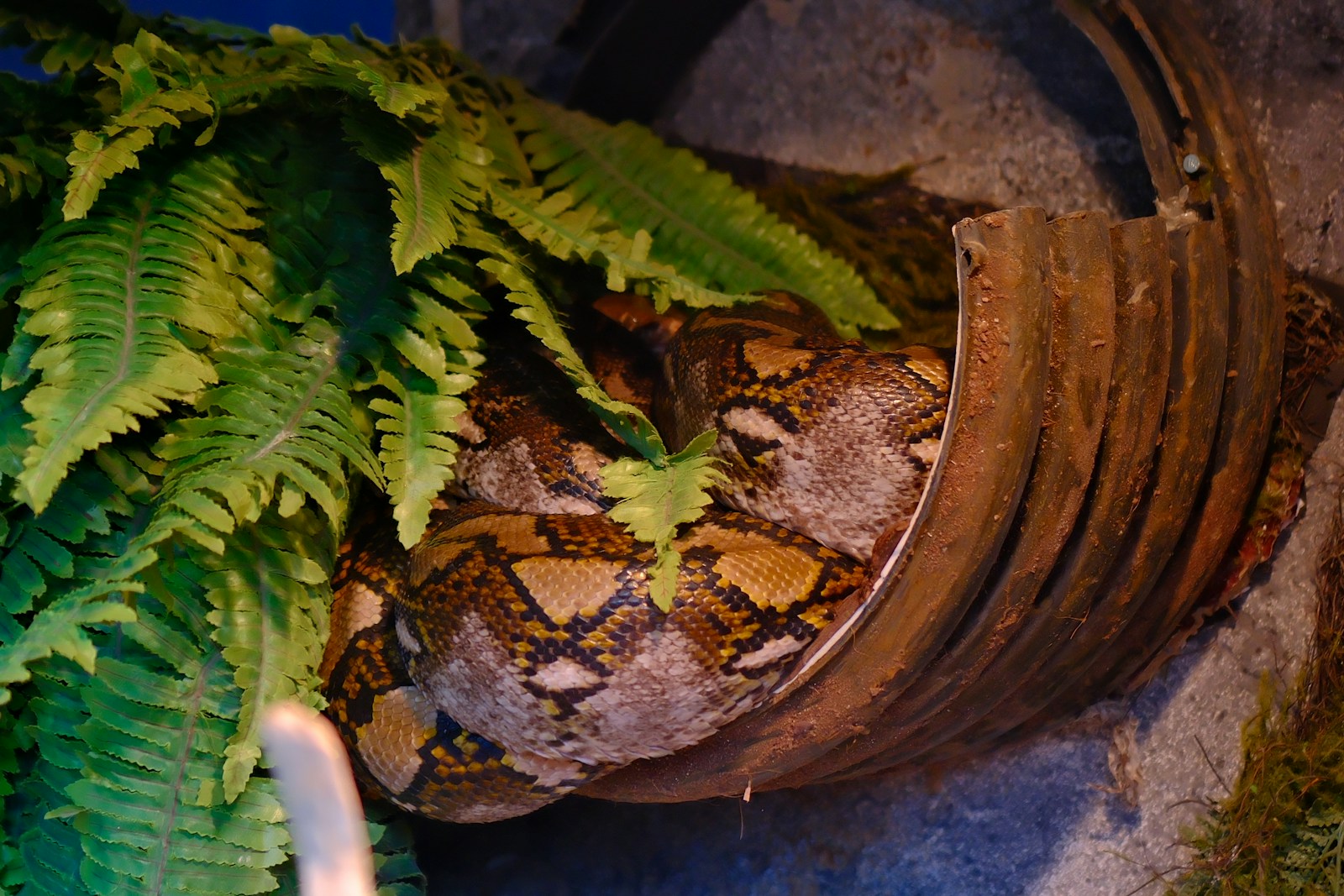
The frontier of snake hiss research offers exciting possibilities for deepening our understanding of these complex communications. Neurobiological studies are beginning to map how snake brains process and produce different hiss patterns, potentially revealing evolutionary connections to other vertebrate vocal systems. Field researchers are increasingly using autonomous recording devices in snake habitats, collecting vast acoustic datasets that may reveal previously undetected patterns in hissing behavior across seasons and lifecycle stages. Comparative studies across closely related species promise insights into how environmental pressures shape acoustic communication evolution, potentially allowing us to reconstruct the evolutionary timeline of hissing behaviors. Perhaps most intriguing is research exploring whether snakes can learn to associate specific human sounds with different outcomes, raising questions about the possibility of rudimentary cross-species communication between humans and these remarkable reptiles.
Conclusion
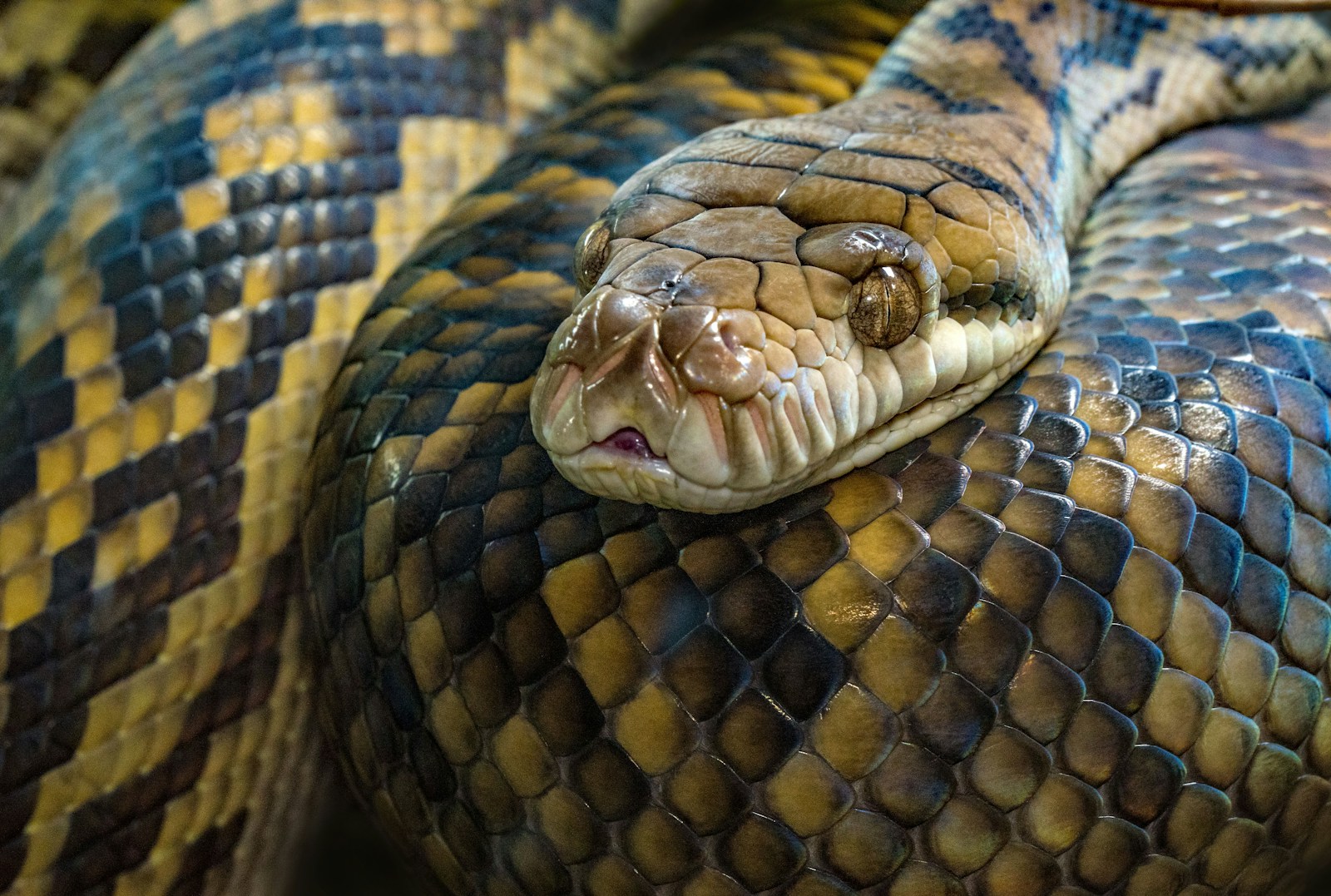
The secret language of snake hisses represents a fascinating frontier in animal communication research. Far from being simple warning sounds, these sophisticated acoustic signals carry specific meanings that vary by context, species, and individual. As our understanding deepens through advanced recording technology and careful observation, we’re gradually decoding this ancient communication system that evolved long before human language. By appreciating the complexity behind these misunderstood sounds, we gain not only scientific knowledge but also a greater respect for these remarkable animals. Perhaps most importantly, understanding the true meaning behind snake hisses helps dismantle unwarranted fears and supports more effective conservation of these ecologically valuable species in a world where human-wildlife interactions continue to increase.

